Remember when grocery shopping felt like a treasure hunt through familiar aisles lined with products that had staying power? Back then, brands didn’t change their packaging every few years to chase trends, and shopping carts had that distinctive wobble that somehow made the whole experience more authentic. Those were the days when you could recognize your favorite cereal from three aisles away, and the checkout clerk knew your name because you’d been shopping there since the Eisenhower administration.
1. Glass Milk Bottles That Required a Deposit and a Strong Grip

Those heavy glass milk bottles weren’t just containers—they were a weekly ritual that connected families to their local dairy. You’d carefully carry them back to the store, hoping you hadn’t chipped the rim, because that two-cent deposit was serious money when candy bars cost a nickel. The milk tasted different too, colder somehow, and cream would separate and float to the top like a little gift waiting to be stirred back in.
The milkman delivered these treasures right to your doorstep, often before dawn, and finding them on the porch was like discovering small miracles in the morning dew. Kids learned responsibility by being trusted to carry these slippery vessels without dropping them, and mothers knew exactly how many bottles the family would need each week. That satisfying clink of glass against glass in the refrigerator was the sound of a well-stocked kitchen, and returning empties felt like completing an important civic duty.
2. Peanut Butter That Came in Actual Drinking Glasses

Skippy and Jif weren’t just selling peanut butter—they were providing your family’s future glassware, one jar at a time. These weren’t flimsy containers destined for the trash; they were honest-to-goodness drinking glasses decorated with cartoon characters or floral patterns that would grace your kitchen table for years to come. Opening a new jar meant you were adding to your collection, and every household had that one special glass that was too pretty to risk breaking.
The peanut butter itself was different too, with oil that separated naturally and required a good stirring with a butter knife before spreading. Children would lobby for specific character glasses, and mothers would carefully wash and save every single one because waste was simply unthinkable. These glasses became part of family history—the Howdy Doody glass for Saturday morning cartoons, the rose pattern for Sunday dinner, each one carrying memories of the meals and moments they witnessed.
3. S&H Green Stamps That Made Every Purchase Feel Rewarding
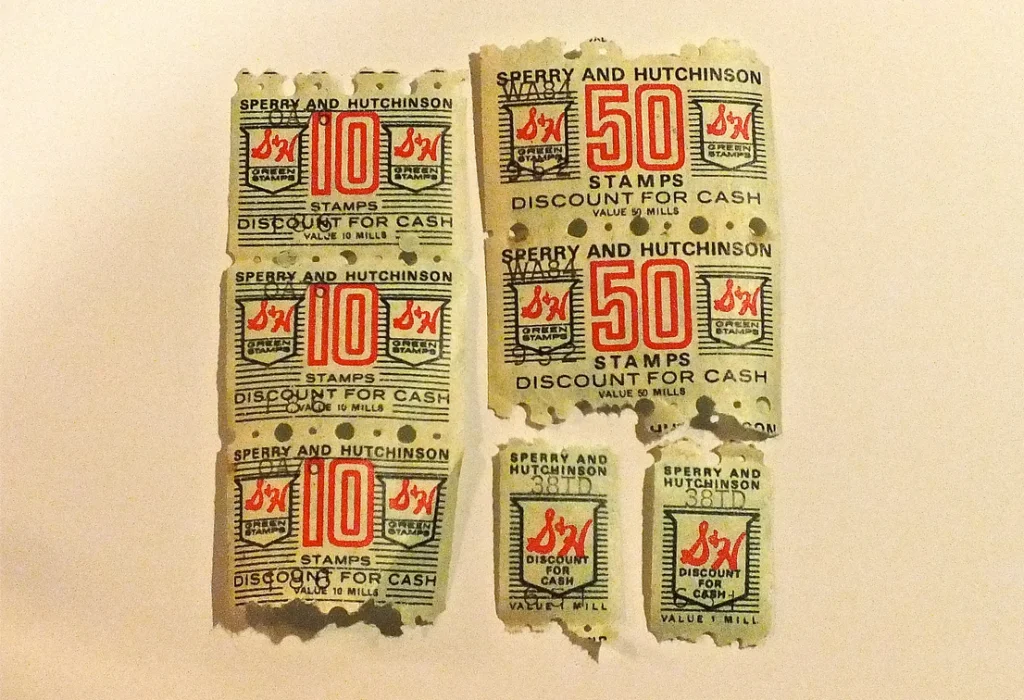
Those little green stamps turned grocery shopping into a game where every dollar spent brought you closer to something special. Cashiers would carefully count out your stamps based on your total, and you’d lick each one before pressing it into those distinctive books with the same dedication some folks reserved for church attendance. The anticipation of filling a book was almost as exciting as choosing your reward from the thick catalog that lived on every coffee table in America.
Families would gather around the kitchen table for stamp-pasting sessions, with children competing to see who could fill pages the fastest without wrinkling the stamps. The S&H catalog was studied like scripture, with dog-eared pages marking dream appliances and household goods that seemed impossibly luxurious. When you finally had enough books for that toaster or set of dishes, the trip to the redemption center felt like Christmas morning, proof that patience and careful saving really did pay off.
4. Butcher Paper Wrapped Around Every Cut of Meat
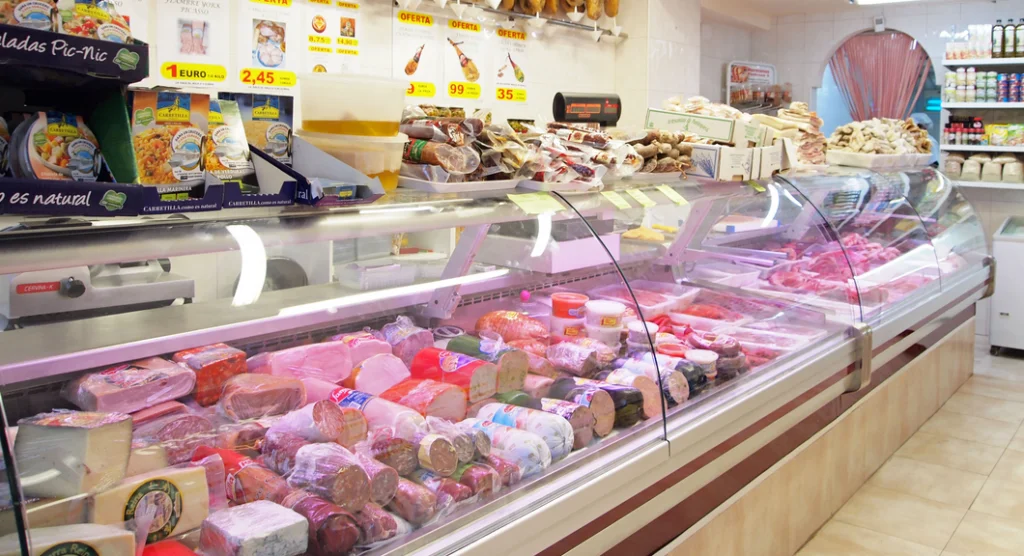
The butcher knew your family’s preferences and would recommend cuts based on your cooking style and budget, treating each customer like a valued neighbor rather than just another transaction. That white paper, secured with tape and marked with a grease pencil, kept your meat fresh while displaying the butcher’s pride in his craft. The package felt substantial in your hands, and you knew exactly what you were getting because you’d watched it being cut and wrapped just for you.
There was an art to unwrapping butcher paper—you did it carefully because that paper could be reused for other kitchen tasks or even children’s art projects. The personal relationship with your butcher meant recommendations for new cuts, advice on cooking methods, and sometimes a little extra thrown in when times were tight. These weren’t anonymous plastic packages from a distant processing plant; they were individual portions cut by someone who took pride in feeding families well.
5. Milk Delivered Fresh to Your Doorstep Every Other Day
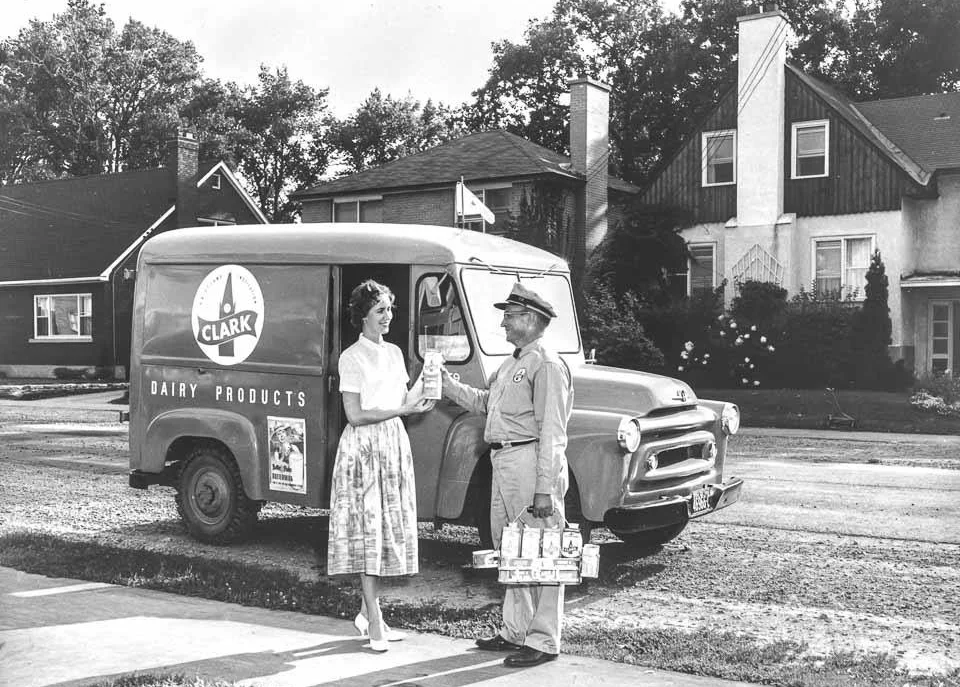
The gentle clink of milk bottles being placed on your porch was better than any alarm clock, signaling the start of a new day with fresh dairy products waiting just outside your door. Your milkman knew your family’s routine—extra milk before school holidays, switching to chocolate milk for special occasions, and always remembering to leave cottage cheese when company was coming. This wasn’t just delivery; it was a personal service that made you feel cared for in your own neighborhood.
Payment was handled through a simple system of notes and coins left in the empty bottles, built on trust that seems quaint by today’s standards. The milk box by your front door was a symbol of community reliability, and seeing the milkman’s truck making its quiet rounds gave neighborhoods a sense of shared routine. When stores started staying open later and refrigeration improved, this personal touch gradually disappeared, taking with it a little piece of the intimacy that once connected families to their food sources.
6. Coffee That Came in Metal Cans with Keys to Open Them
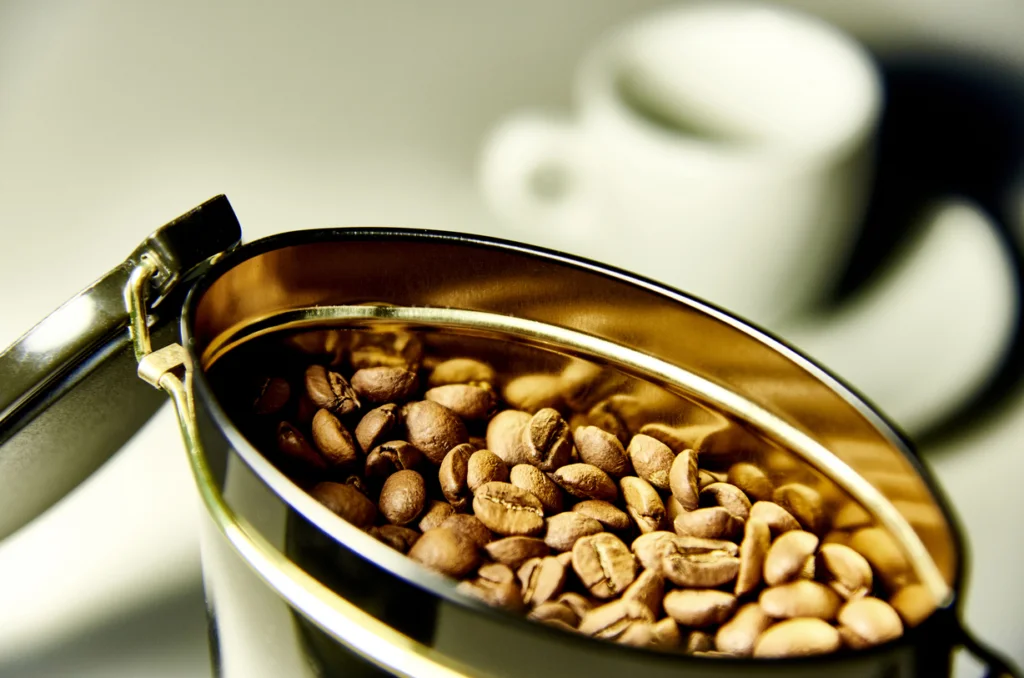
Those distinctive metal coffee cans with the twist-off key weren’t just packaging—they were future storage containers that every household repurposed for everything from nuts and bolts to sewing supplies. The ritual of winding that metal strip around the key created a perfect spiral that children found endlessly fascinating, and the satisfying pop when the seal broke released that first rush of fresh coffee aroma. Opening a new can of Folgers or Maxwell House was a small ceremony that marked the beginning of better mornings.
The empty cans found second lives in garages, craft rooms, and kitchen pantries, becoming so useful that some families would buy coffee based on the can size they needed for projects. That first cup brewed from a newly opened can always tasted different—richer somehow—and the metal preserved freshness in a way that seemed almost magical before we understood the science behind it. These cans were built to last, with thick metal walls that could withstand decades of reuse, making them tiny time capsules that connected generations of coffee drinkers.
7. Cigarettes Sold Right Next to the Candy at Every Checkout
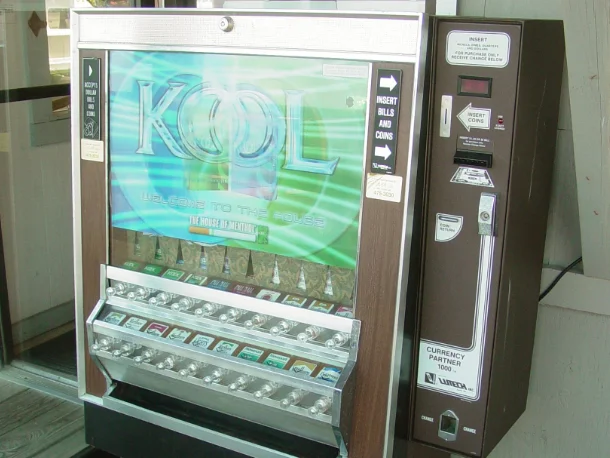
The cigarette display case was as much a part of the checkout landscape as the gum and candy, with neat rows of colorful packages that seemed as normal as any other product on the shelves. Cashiers could recite brand preferences by heart, and buying cigarettes required no more ceremony than picking up a pack of gum—no ID checks, no lectures, just a simple transaction between adult and merchant. The tobacco companies’ advertising was everywhere, from magazine ads to television commercials, making smoking seem as American as apple pie.
Those were different times, when doctors appeared in cigarette advertisements and smoking was considered sophisticated rather than harmful. The checkout counter cigarette display was arranged like a small library, with familiar brands in their regular spots and new products showcased at eye level. Parents thought nothing of sending children to the store with notes requesting specific brands, and corner stores kept careful track of customers’ preferences without anyone questioning the wisdom of such easy access.
8. Produce Sold Loose Without Any Plastic Packaging
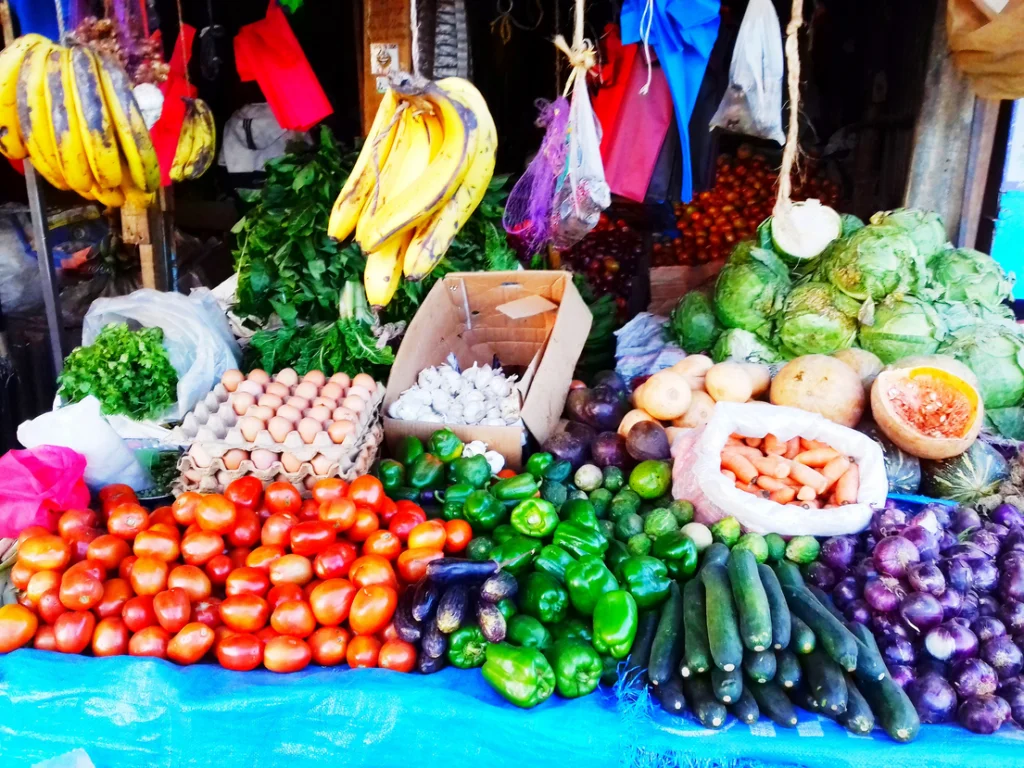
Fruits and vegetables were displayed in their natural glory, piled high in bins and baskets where customers could squeeze, sniff, and select each piece individually. The produce manager took pride in his arrangements, creating colorful displays that changed with the seasons and made shopping for fruits and vegetables feel like visiting a farmers market. You brought your own bags or used the thin paper sacks provided, and weighing produce required a trip to the hanging scale near the checkout.
Shopping this way meant you really knew your produce—how a ripe peach should give slightly when pressed, what fresh corn husks looked like, and which apples would be best for baking versus eating. The lack of packaging meant fresher food and less waste, but it also required more knowledge and skill from shoppers who had to judge quality with their own senses. Children learned about seasonal eating naturally, understanding that strawberries in December were either expensive or inferior, and that the best tomatoes came in late summer when they were piled high and priced to move.
9. Trading Stamps from Multiple Programs That Turned Shopping into Collecting
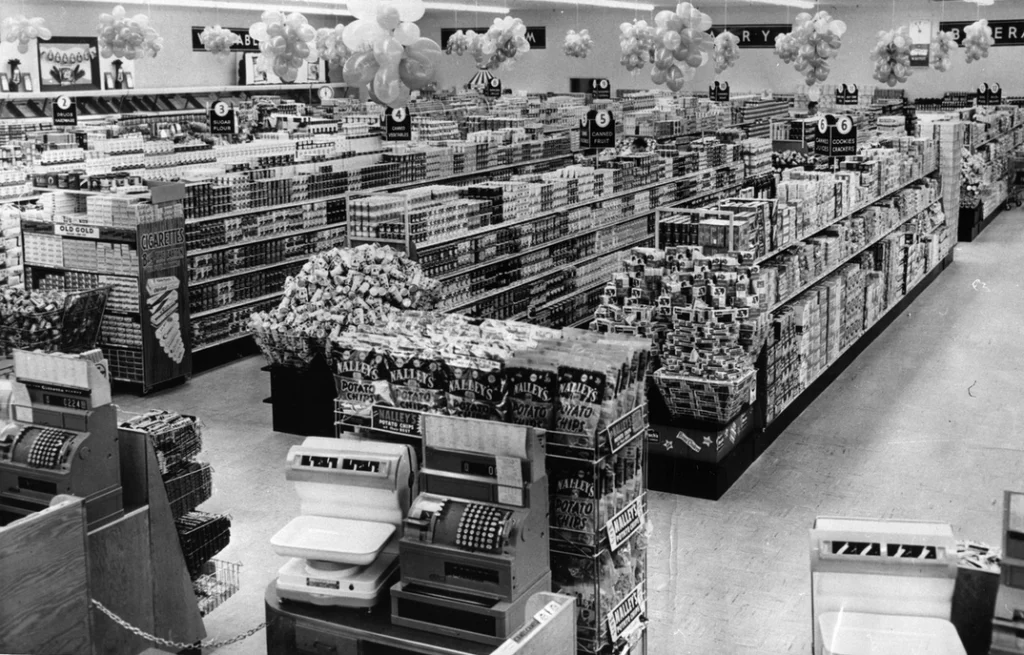
Beyond S&H Green Stamps, there were Gold Bond stamps, Top Value stamps, and regional programs that made every shopping trip feel like building toward something bigger. Different stores offered different stamp programs, and savvy shoppers would plan their errands around which stamps they were collecting and how close they were to redemption goals. These weren’t just incentives; they were elaborate loyalty programs that created genuine excitement around routine purchases.
Families would trade stamps with neighbors and relatives, creating informal networks of mutual benefit that strengthened community bonds. The various catalogs became wish books that were studied and discussed, with families debating whether to save for one big item or redeem smaller collections for immediate gratification. This system taught children about delayed gratification and goal-setting in ways that modern instant rewards simply cannot match, creating anticipation that made ordinary purchases feel meaningful.
10. Cereal Boxes with Actual Toys Inside, Not Just Promises
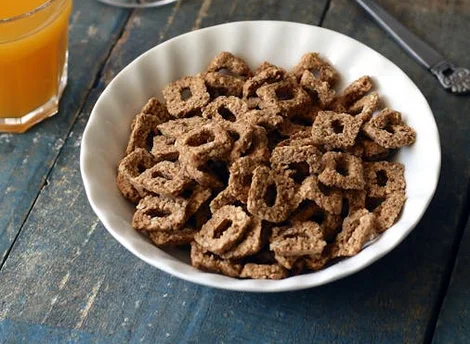
Opening a new box of cereal was like unwrapping a present, because you never knew exactly what treasure was buried inside waiting to be discovered. These weren’t cheap prizes or coupons for toys—they were actual playthings, puzzles, and gadgets that provided hours of entertainment long after the cereal was gone. The hunt for the prize meant carefully digging through the cereal, and parents learned to buy cereal based on which child’s turn it was to get the toy.
The toys were surprisingly well-made, from decoder rings that sparked spy fantasies to small cars that became permanent additions to toy boxes across America. Cereal companies competed to offer the most exciting prizes, creating anticipation that made breakfast feel like a daily adventure. These prizes fostered brand loyalty in ways modern marketing can barely comprehend, because children would remember the excitement of finding that perfect toy long after they’d forgotten the taste of the cereal itself.
11. Soda Bottles That Required Returning for Deposits
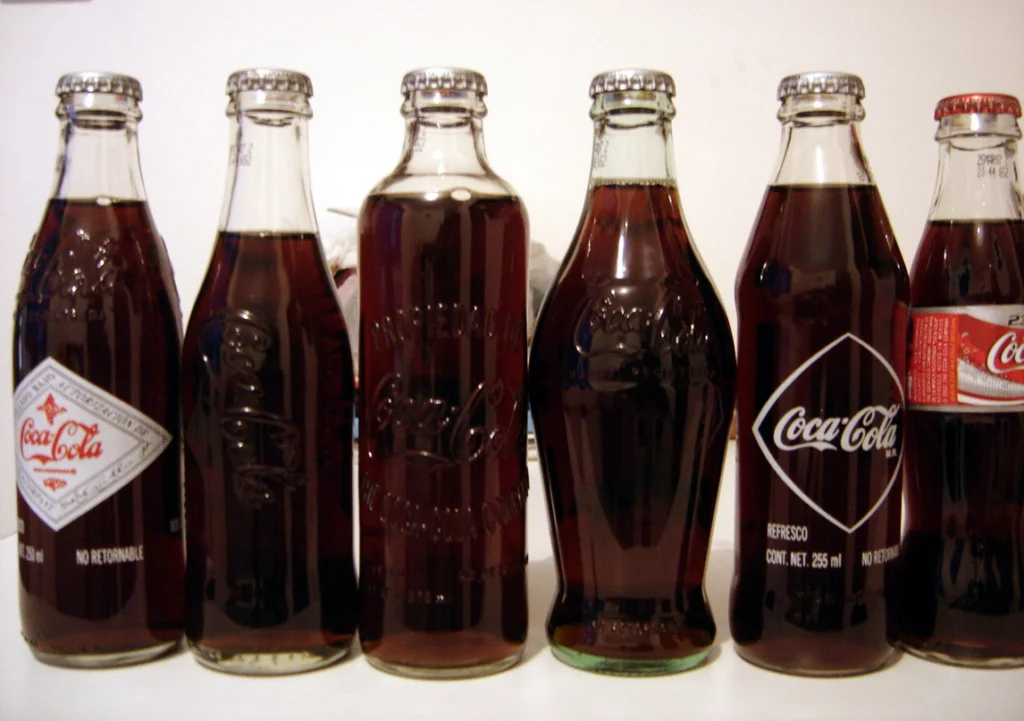
Every soda bottle was worth real money when you were done with it, creating an instant recycling program that made environmental sense long before anyone used the word “sustainable.” Kids would scour neighborhoods for discarded bottles, turning cleanup into a profitable adventure that taught lessons about waste and opportunity. The distinctive clink of glass bottles in a wooden crate was the sound of summer afternoons and family gatherings.
Returning bottles to the store was a ritual that connected consumption with responsibility, and the deposit system ensured that very few bottles ended up as litter. Store owners kept careful track of returns, and the bottle room in the back of every grocery store was a mysterious place where empties waited to begin their journey back to the bottling plant. This system created jobs, reduced waste, and made every drink feel more valuable because you knew the container had a future beyond your immediate enjoyment.
12. Bakery Goods Sold in Plain White Boxes Tied with String
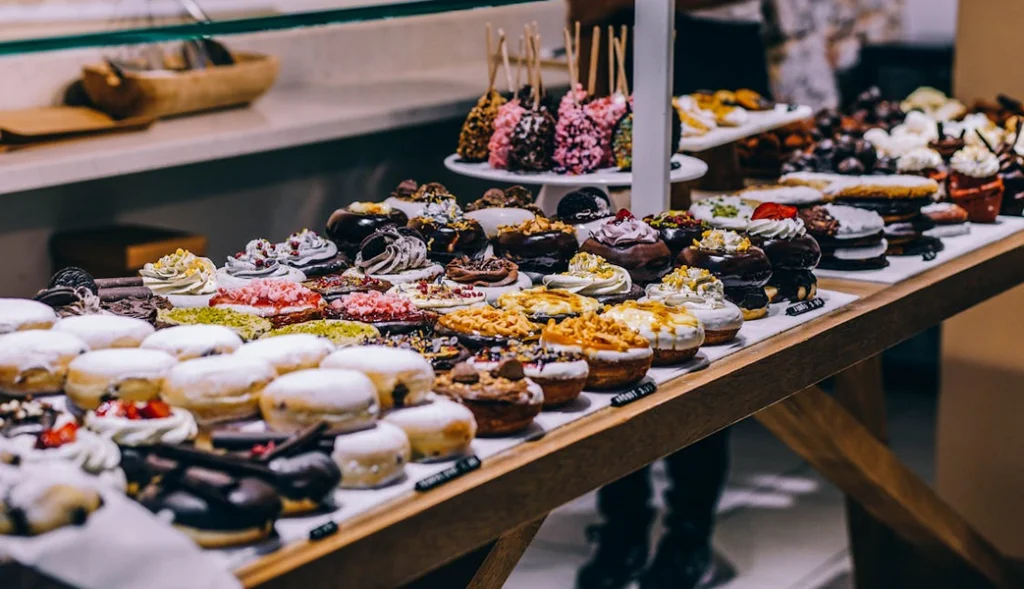
The bakery section was a destination that required planning and timing, because the best items sold out early and weren’t replaced until the next day’s baking cycle. Your purchases were carefully arranged in sturdy white boxes and secured with red and white string in a precise pattern that seemed to require special training to master. Taking home a box of fresh donuts, Danish, or dinner rolls felt like carrying precious cargo that needed to be protected until you reached your kitchen table.
The string was always saved and wound into neat balls for future use, because nothing that useful was ever thrown away lightly. These boxes became temporary storage for leftovers, school projects, and treasures that needed protection, extending their usefulness far beyond their original purpose. The bakery clerk took pride in the presentation, folding boxes with crisp corners and tying string with the kind of attention to detail that made even a simple purchase feel like a special occasion.
Those grocery store aisles weren’t just places to buy food—they were community gathering spots where neighbors caught up on local news and children learned the value of a dollar by watching every purchase carefully considered. The shopping experience moved at a more human pace, with time for conversation and connection that made even routine errands feel meaningful. While modern convenience has its merits, those of us who remember the weight of glass bottles and the satisfaction of filling stamp books know that something irreplaceable was lost when efficiency replaced the gentle rhythms of neighborhood commerce.
This story The Milk Was in Glass, and So Was the Peanut Butter: 12 Grocery Aisle Details That Time Forgot was first published on Takes Me Back.


